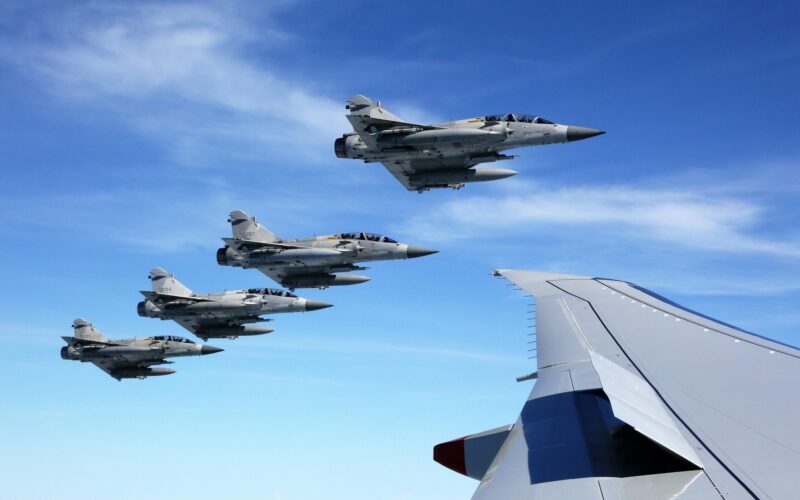Taiwan’s Ministry of National Defense has allocated NT$10.6 billion ($340 million) for the procurement of engine and missile spare parts to sustain the combat readiness of its Mirage 2000-5 fleet, which has been in service for over two decades.
According to notices on the Taiwanese Government e-Procurement System published on January 3 and 4, 2024, two contracts, one worth NT$10 million and the other NT$396k, respectively, were awarded to the French aerospace manufacturer Safran and the European missile maker MBDA.
The deals stipulate that Safran and MBDA will supply the necessary parts from January 2024 to December 2028 at Hsinchu Air Base, with the Taiwanese Air Force (ROCAF) identified as the competent agency overseeing the fulfillment of the order.
Although the notice did not explicitly mention the Mirage 2000-5, Hsinchu Air Base hosts the 2nd Tactical Fighter Wing of the ROCAF, flying the French fighter.
The procurement of engine parts will support the maintenance of the SNECMA M53-P2 engine, while the missile components will help maintain the inventory of MICA and R.550 Magic air-to-air missiles employed by the Mirage 2000-5s.
The Mirage 2000-5, a crucial asset in Taiwan’s air defense strategy
Taiwan procured the Mirage 2000-5s from France in the 1990s. Accidents over time have reduced the initial fleet of 60 aircraft to the current count of 54. Despite their age, these fighters play a crucial role in Taiwan’s air defense strategy, safeguarding the northern airspace of the island nation.
In recent years, the Taiwanese government has noted a substantial rise in air force operations, registering a 129% increase in 2020. This notable escalation is linked to the consistent and frequent incursions of Chinese military aircraft into Taiwan’s Air Defense Identification Zone (ADIZ).
In June 2023, Taiwan engaged Dassault Aviation, the Mirage manufacturer, to assess the potential extension of the fighters’ service life. A budget of NT$150 million (approximately $4.77 million) was allocated for the evaluation, slated for completion by July 2026.
The evaluation focuses on nine two-seater aircraft, exploring the potential extension of their operational capabilities by an additional 20 years. The emphasis on twin-seat airframes is driven by the strategic advantage of utilizing them for both training and operational missions.

